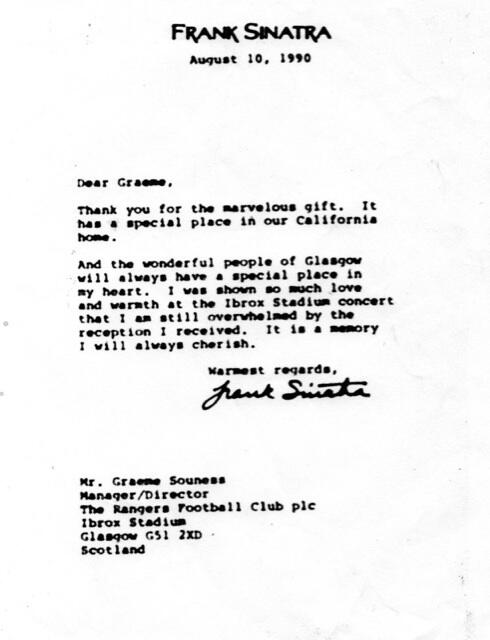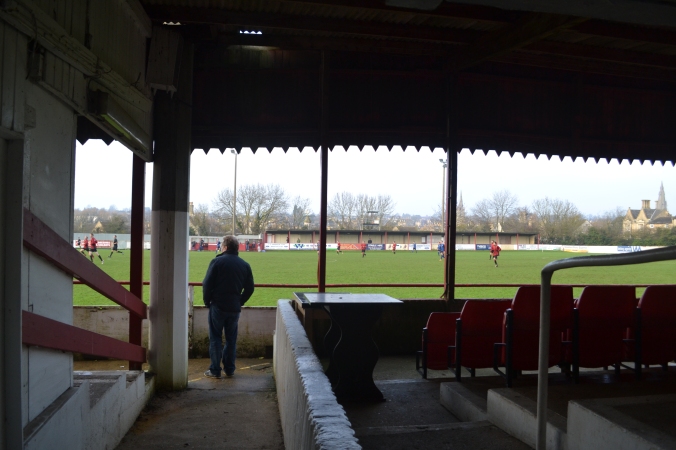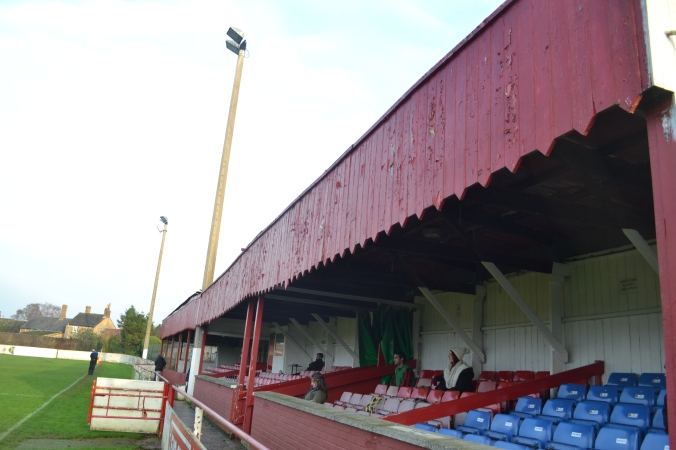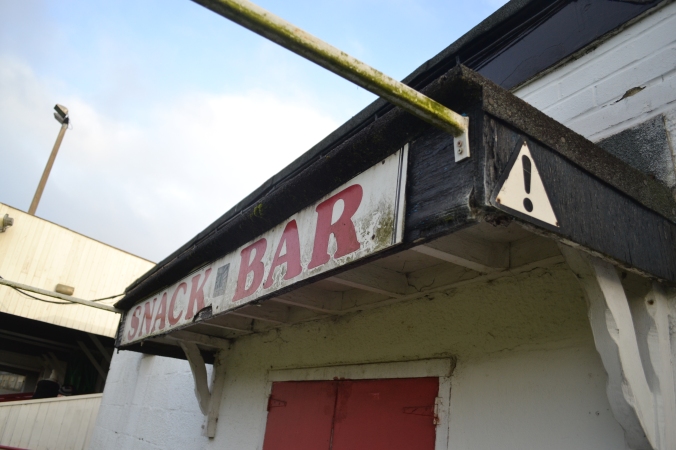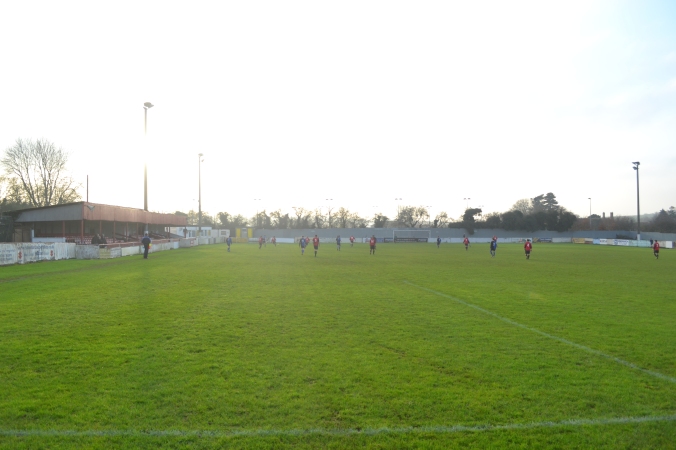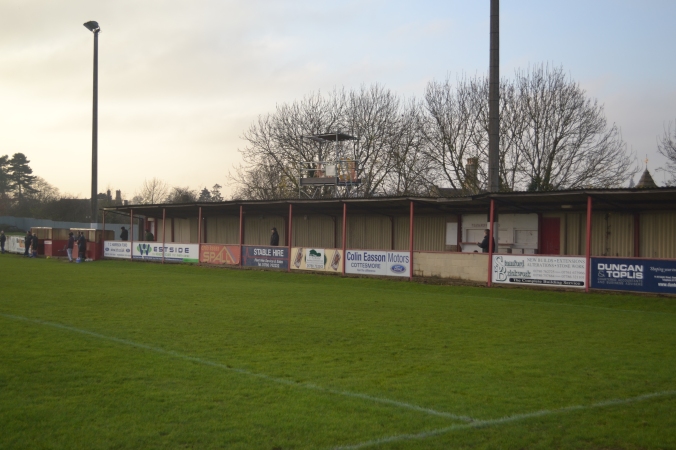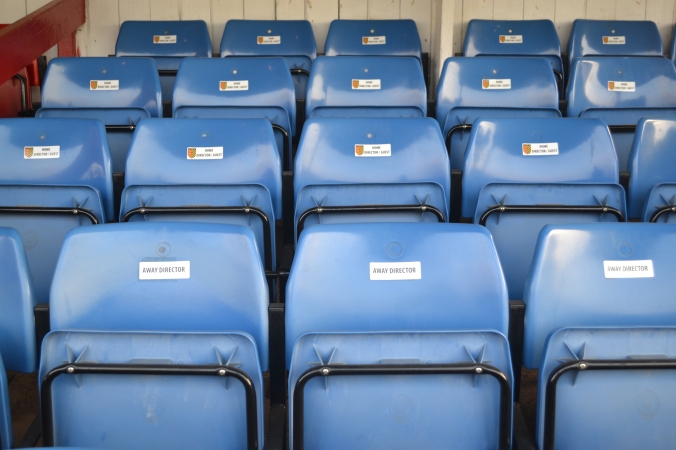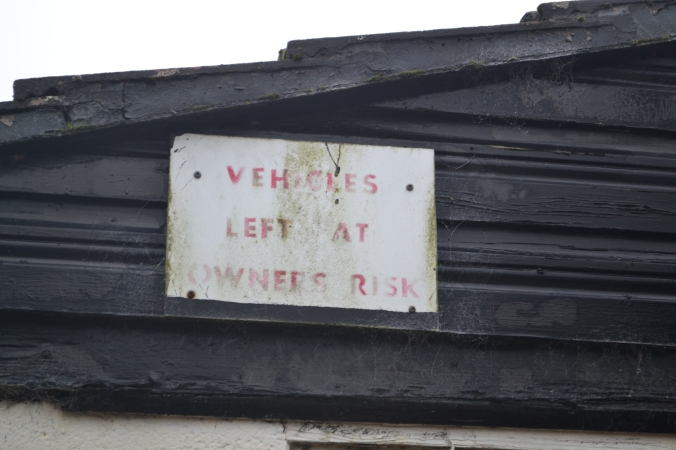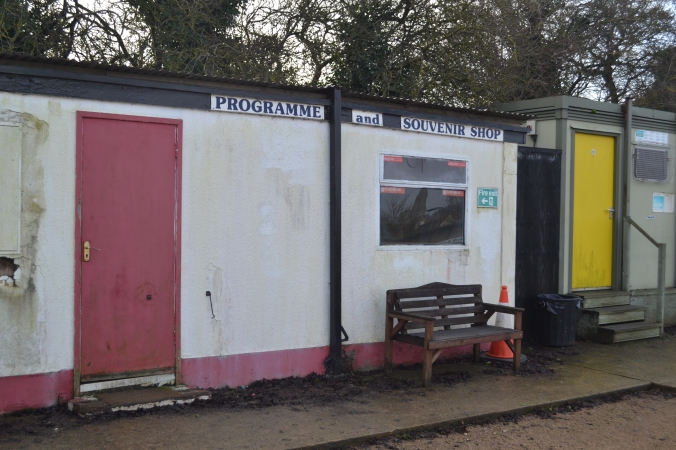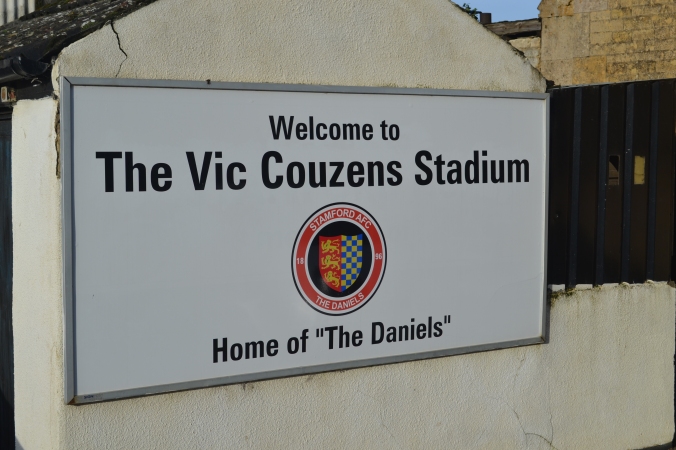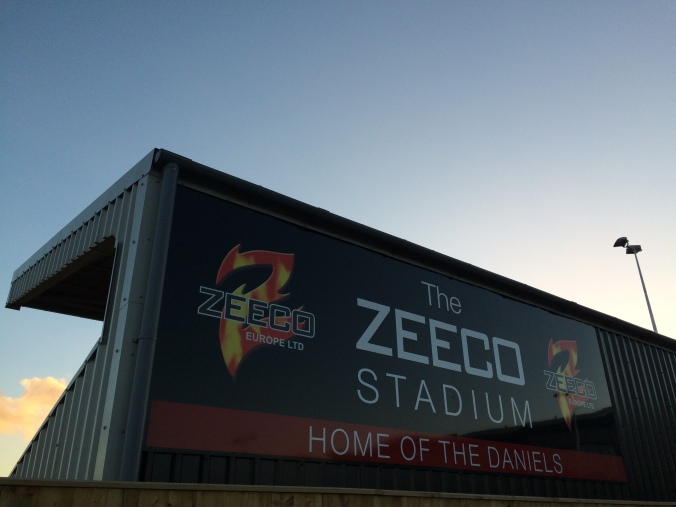Of all the international superstars who have graced the Ibrox pitch over the decades, none could get close to the global fame of the man who appeared at the stadium on 10 July 1990. Cruyff, Di Stefano, Puskas, Beckenbauer, Gascoigne and Ronaldinho may have been household names around the world, but all paled into insignificance compared to the legend that was Francis Albert Sinatra.
Sinatra may have been past his best by the time he performed at Ibrox. His show may have been overpriced and something of a shambles. But as events go, it was up there among the most memorable ever to take place at the stadium. Sinatra himself, even at the age of 74 and after five decades in showbusiness, was moved to tears. For the audience, many of whom had waited a lifetime to see Old Blue Eyes in the flesh, it was something akin to a religious experience.
In 1990, Glasgow was enjoying something of a renaissance. Forever plagued with the No Mean City image of razor gangs and random violence, Scotland’s industrial capital had suffered badly from the decline in manufacturing in the 70s and 80s and was in real need of an economic boost. The International Garden Festival of 1988, held on the southern banks of the Clyde, not far from Ibrox, was the first step on the road to recovery. Two years later the makeover was complete when Glasgow was named European City of Culture. A year-long festival of culture ensued, which did much to change the outside world’s perception of the city, although critics argued that there were few benefits for the impoverished local population.
For many, the highlight of the festivities was Frank Sinatra’s show at Ibrox. The man considered by many to be the world’s greatest singer, hadn’t played in Scotland for almost 40 years, after a series of disastrous concerts in the 1950s when his career had temporarily gone into free-fall. But by the time he returned at the age of 74 he had assumed legendary status.
Tickets for Ibrox were not cheap, with some fans paying £60 each for premium positions in front of the stage. Even the cheapest seats were £35 and the promoters soon realised that the projected sales of 33,000 were never going to materialise. The decision was taken late to only use the Govan Stand and the capacity was cut to just 11,000. Fans who had bought tickets for other parts of the ground had to be reallocated new seats, meaning some who had paid £60 were put in cheaper areas.
Queues began to build up outside the stadium and thousands were locked out of the ground as Sinatra started his performance. Some fans didn’t get inside until the fifth or sixth song, while others had to wait even longer. Refunds were handed out to dozens of devastated fans but it was scant compensation for missing the show. Even Rangers manager Graeme Souness was affected – he discovered his £60 seats were occupied by someone else and ended up watching from an Ibrox hospitality suite.
Those who had got through the gates earlier were treated to support performances by Glasgow jazz singer Carol Kidd and, somewhat bizarrely, a stand-up act by local comedian Arnold Brown. As he would say, “and why not”.
But there was no question who the crowds had come to see. Dressed in a dinner suit and black bow tie, Sinatra, performed on a stage set up in the middle of the pitch, miles away from the audience. He opened with You Make Me Feel So Young. It set the tone for the night as Sinatra rolled back the years, performing many of his classics like I Get A Kick Out Of You, Strangers In The Night, Bewitched, Mack The Knife, My Way and New York, New York.
The stage set-up lacked intimacy, but the chemistry between performer and audience was so strong that the distance was barely noticeable. Tom Gardner and his wife were among those who had paid the top price for a ticket. “Our seats were supposed to be on the pitch directly in front of the stage and cost £60 each,’ he remembered.
“On the day they changed all the arrangements. Our new seats put us at the edge of the Govan almost where we normally sat on matchdays. We went back and complained and got centre front seats. I think we were ahead of the disaster that then occurred when queues lasting several hours formed. The show started promptly at 7.30pm. Frank came on at roughly 8.00 pm and I remember he travelled across the pitch in a little golf buggy.”
Sinatra performed for more than an hour then, as he approached the end of the show, he left the stage. To the shock, and delight, of his fans, he suddenly appeared on the track in front of the Govan stand and began shaking hands with members of the audience. Sinatra enjoyed the performance so much that he performed a rare encore, coming back onstage to perform a rendition of Where Or When.
“Just as he finished his encore, an old woman squeezed in and sat down beside us,” recalled Tom Gardner. “First thing she asked was did we know when he would be coming on. She burst into tears when we told her the show was finished.
“I believe many refunds were given out and the council lost a fortune in the end. But it was great show and for a 74- year-old his voice was pretty good. It does remind me that my mother also saw him play the Glasgow Empire back in the 1950s during one of his unpopular phases. The hall had less than 100 people in it.”
Sinatra’s English driver and friend Dennis Parker later revealed how much the Ibrox show had meant to the singer. “He hated being so far away from them,” Parker told newspapers. “Half way through, he grabbed a hand mike and walked off stage to get close to the crowd. It was completely unrehearsed. The emotion that passed between artist and audience that night was magical. Afterwards, back at the hotel, tears started running down his cheeks, he had been so affected by it.”
Sinatra later told his entourage, “In all my time in showbusiness I have never had such a stupendous feeling. I have never been so moved by anything in my life before.”
This first appeared in my book Temple of Dreams: The Changing Face of Ibrox

